Tamara Lorenzo Gabeiras (Artistic Director of XOGA) shares her top five female stories that demand to be adapted into an Opera.
One can safely say that Ines de Castro is the most popular Galician woman in the opera repertoire. Hers was indeed a fascinating life. Since the XVIII century, many librettists and composers chose her as the main character in their works. More than 20 operas and ballets have been written about Ines and her tragic love story keeps alluring creators nowadays.
Dear librettists and composers, it is about time to discover the lives of other Galician women well worth an opera!
Marcela and Elisa
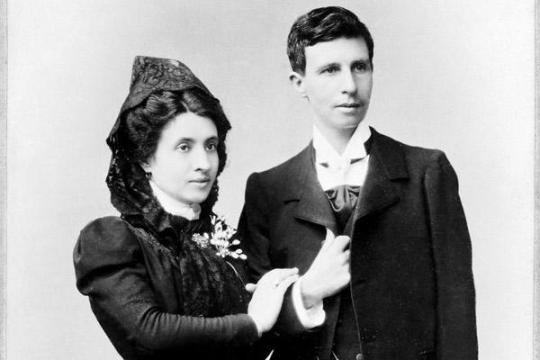
In 1901 with Elisa posing as “Mario” they became the only known same-sex marriage by the Catholic church. Adventures and intrigue continue after their wedding day. Be quick, there is already a book about this couple and a film is on its way.
Aurora and Hildegart
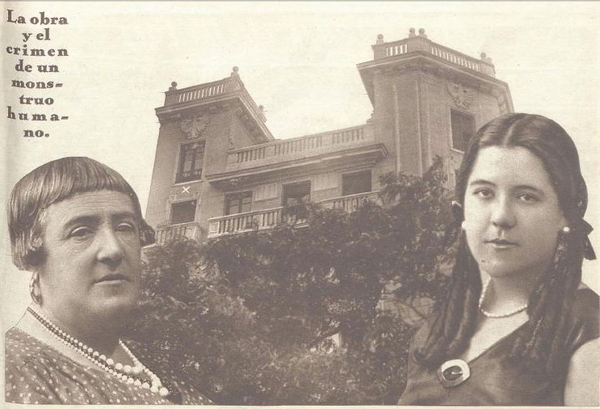
Aurora had a master plan for her eugenic child. Her daughter Hildegart born in 1914 proved to be a perfect experiment. A prodigy child, she could speak six languages when she was 8, was already a lawyer by the age of 17 and had already published many books advocating the sexual revolution. One night Aurora decides to destroy her “work of art” and murders her daughter in her sleep…
María Soliña
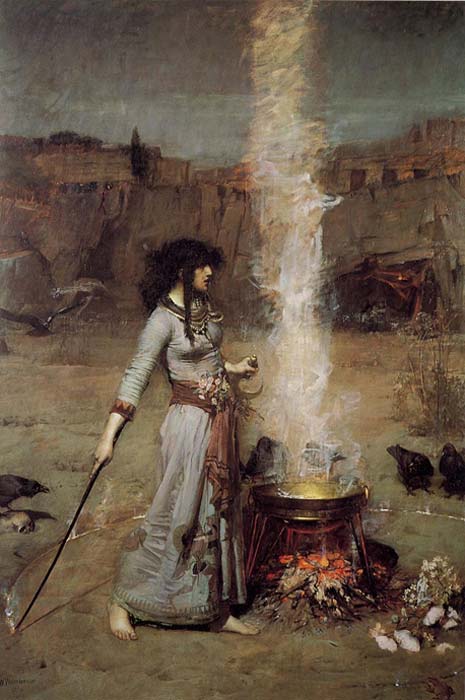
When in 1617 a Turkish fleet of pirates attacks the coasts of Galicia, María Soliña was one of the women actively defending the coast from the invaders. These type of assaults were common at the time and local women were often raped, robbed and tortured. The Holy Inquisition used to condemn those women afterwards. María was incarcerated and tortured together with other female fighters, her possessions were confiscated and she was condemned for witchcraft – a charge that she admitted… For some reason she was not burned at the stake but, soon after the trial, hunger and misery finished her life. She became a symbol of the suffering of the lower classes, especially of women, against tyrannical rule.
María Castaña
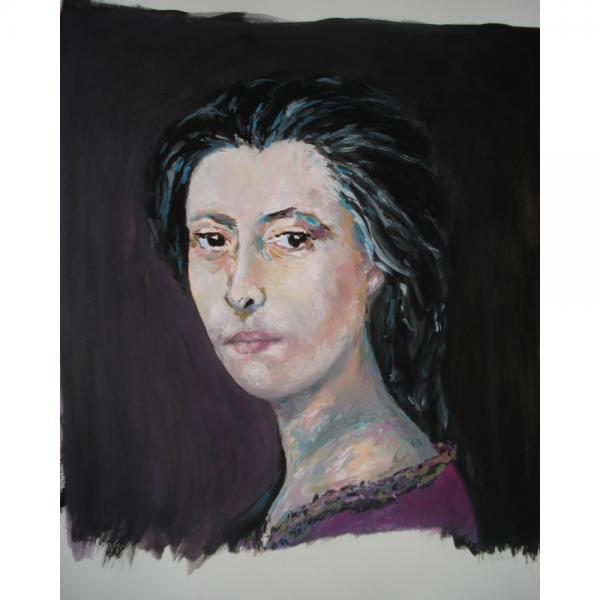
In the year 1386 María lead a revolt against the feudal lord in a time of hunger, violence and instability in the kingdom of Galicia. Together with her husband and children, she mortally injures a clergy treasurer. As punishment they had to donate all their possessions to the cathedral and to promise unconditional loyalty to the bishop and his collectors. She became a popular legend and the expression “in the times of María Castaña” is used both in Galician and Spanish to refer to something that happened a long time ago.
As Marías
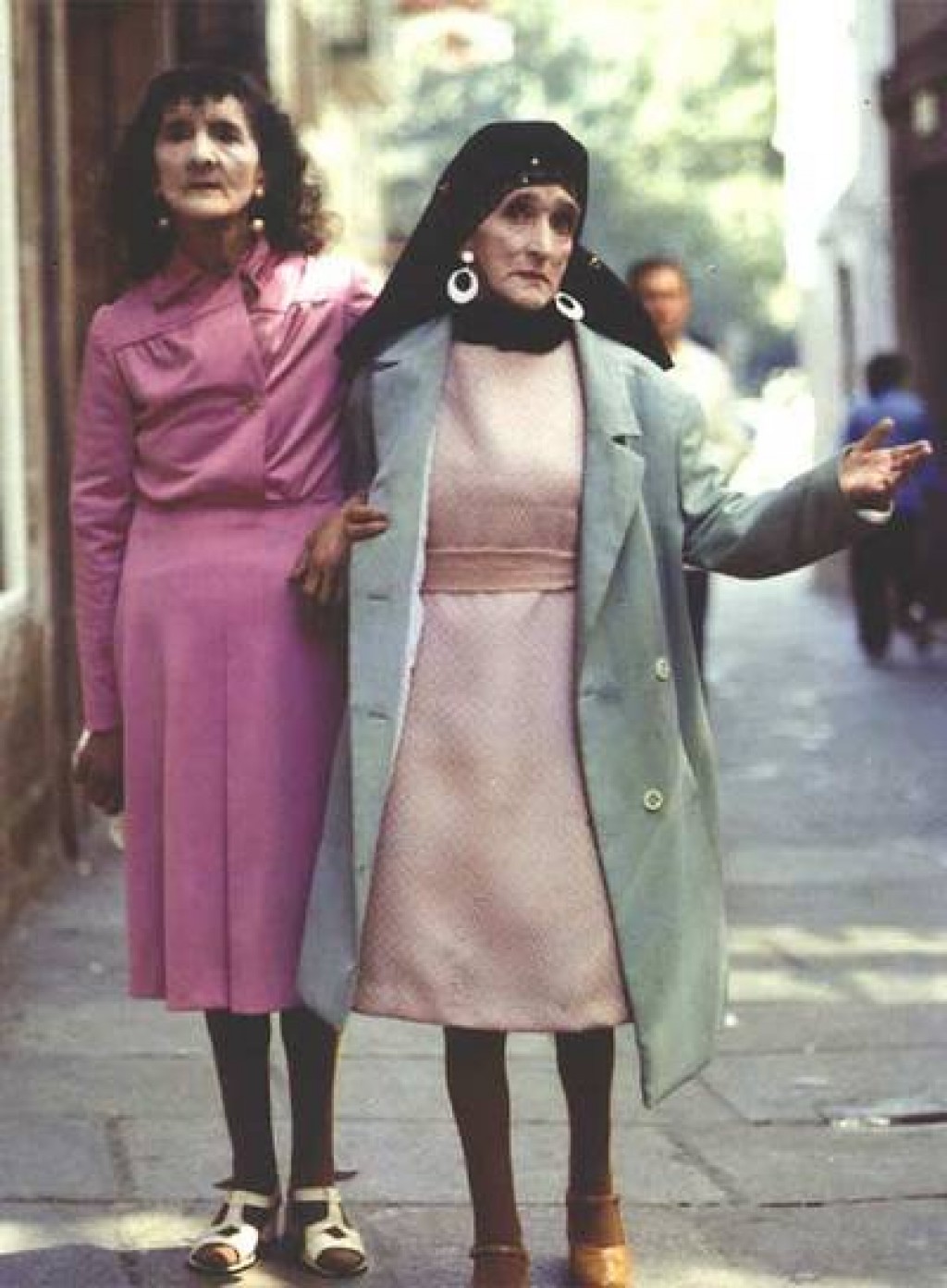
Maruxa and Coralia, became well known in the city of Santiago de Compostelaas as “the Marias” or “As dúas en punto” (the 2 o´clock) because that was the exact time when they would come out for their daily walk in the park. The horrors they lived through during the civil war and the repression that continued harassing them until the 70´s made their mental health deteriorate and fall into extreme poverty.
XOGA are bringing their unique form of Opera to Omnibus Theatre on Sunday 24 June – grab your tickets HERE



